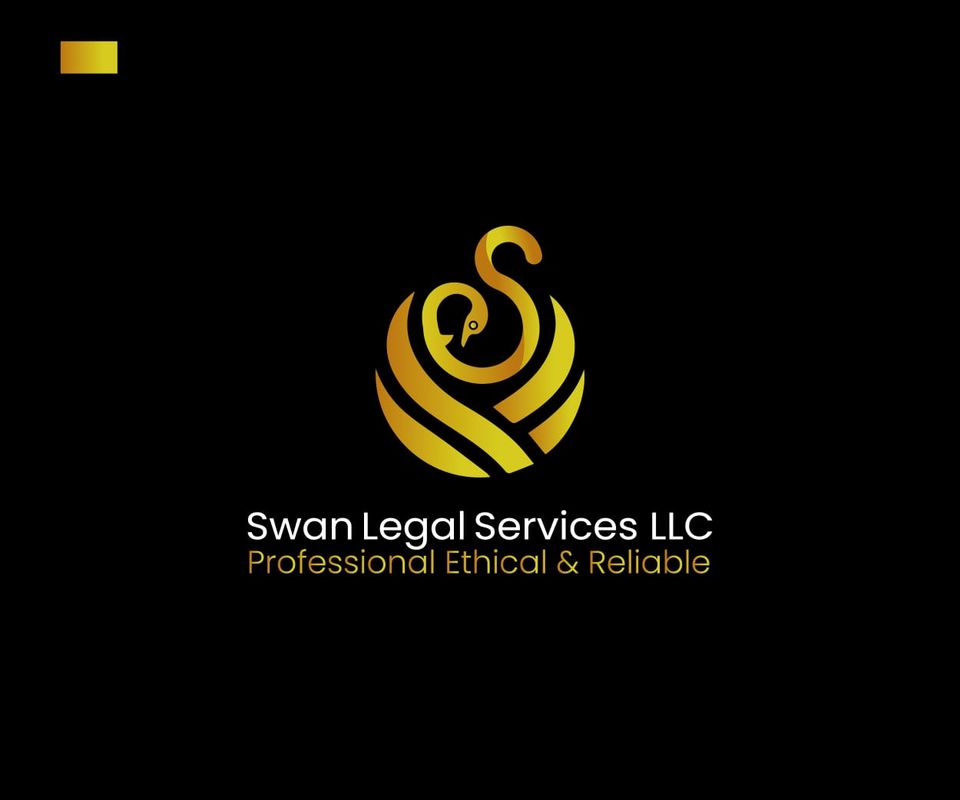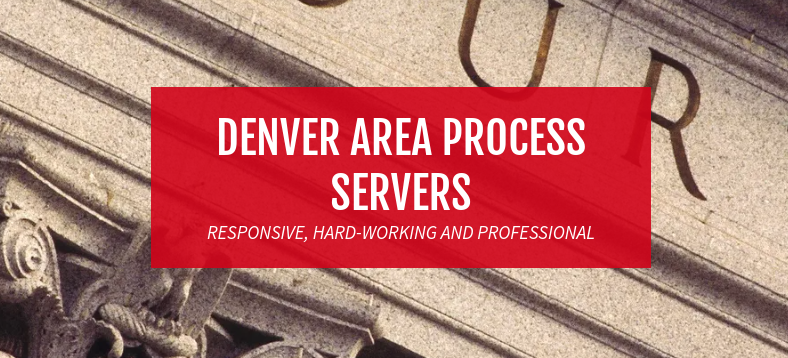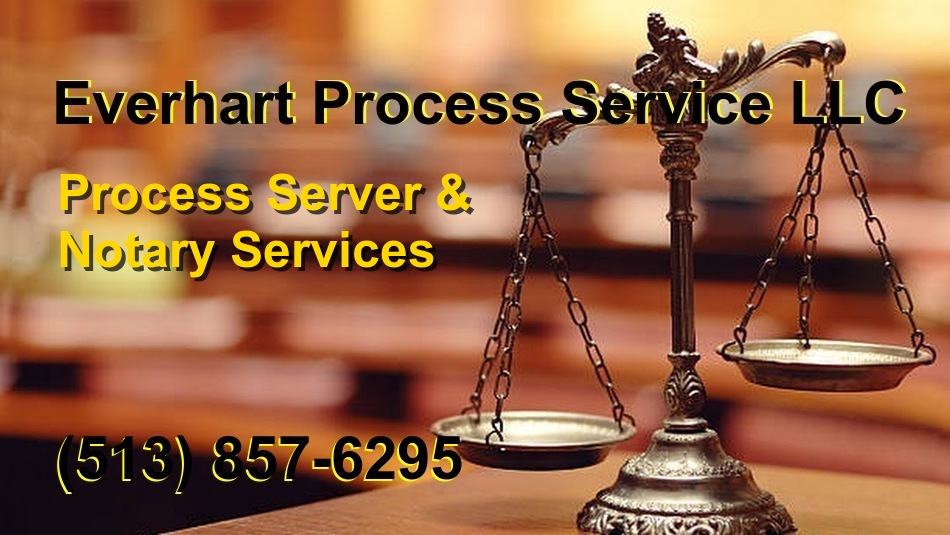 Guide to the Eviction Process in Virginia
Guide to the Eviction Process in Virginia
Eviction in Virginia:
The first step in the Virginia eviction process is serving the tenant with a written eviction notice. If the landlord is evicting the tenant for non-payment of rent (most common reason), then the landlord must serve the tenant with a 5 Day Notice to Pay or Quit, also called a “Pay or Quit.” This notice tells the tenant that if they do not pay the full rent in the 5 day time period, then they will be sued for eviction.
Virginia Eviction Laws
The Virginia eviction process has a number of eviction notices with differing periods of compliance or demands to vacate depending on the reason for the eviction. The laws and regulations covering multifamily residential units, single family rentals if the owner owns more than 4 single family residences or condominiums and most apartments are included in the Virginia Residential Landlord and Tenant Act.
The laws in Virginia regarding eviction are governed by Article 5 (Landlord Remedies) of the Virginia Residential Landlord and Tenant Act. This Act was amended and updated in 2010. If you are a landlord in Virginia, it is a good idea to review this law, in particular the section on Landlord Remedies (Article 5). Tenants can view helpful pages when they are being evicted> Tenants Help Pages
 DOWNLOAD FORMS YOU WILL NEED FOR THE EVICTION IN VIRGINIA
DOWNLOAD FORMS YOU WILL NEED FOR THE EVICTION IN VIRGINIA
Virginia Landlord Tenant Eviction / Unlawful Detainer Forms Package

The Virginia Rental Agreement
Virginia Residential Landlord Tenant Rental Lease Forms and Agreements Package
Virginia Eviction Notice
The first step in the Virginia eviction process is serving the tenant with a written eviction notice. If the landlord is evicting the tenant for non-payment of rent (most common reason), then the landlord must serve the tenant with a 5 Day Notice to Pay or Quit, also called a “Pay or Quit.” This notice tells the tenant that if they do not pay the full rent in the 5 day time period, then they will be sued for eviction. If the landlord is evicting the tenant for breaching the lease in a manner that affects health and safety, the landlord must serve a 30 Day Notice that tells the tenant they have 21 days to remedy the breach or else the lease will terminate at the end of the 30 days. This confusing notice is called a “21/30 notice.” If the landlord is evicting the tenant for committing a breach that is not remediable, then the landlord can simply serve a 30 Day Notice that says the lease terminates in 30 days. If the landlord is evicting the tenant for breaching the lease in a criminal or willful manner in a way that threatens health and safety, the landlord can give an Immediate Notice of Termination, which says the lease is terminated immediately. If the landlord wants to end a month-to-month tenancy, the landlord needs to give a 30 Day Notice. If the landlord wants to end a week-to-week tenancy, the landlord needs to give a 7 Day Notice.
Unlawful Detainer
Once the landlord gives the tenant notice, and the tenant has not vacated after the notice period, the landlord needs to head to Court. It is illegal for a landlord to evict a tenant without going through court proceedings. Most evictions are filed in the General District Court for the jurisdiction in which the property sits. Sometimes eviction cases are filed in Circuit Court. The landlord will file the Unlawful Detainer case with the clerk of the court, and the court will issue a “Summons.” The Unlawful Detainer and Summons will be served (delivered) to the tenant by a Deputy Sheriff, either in person, or by posting on the property and mailing. The Summons will tell the tenant when and where the court hearing will be.
The Hearing
The eviction hearing is where each side can present their case to the judge. If the tenant does not show up, the landlord can win by default, and can even get a Writ of Possession issued that day. In order for the landlord to prove their case, they should bring all documents and witnesses to the hearing. This includes the lease, a copy of the notice that was served, rent receipts, etc. The judge will make a determination based on testimony and evidence. If the judge rules for the tenant, then the tenant can stay. If the judge rules for the landlord, the landlord will win possession of the property.
Writ of Possession
Once the landlord wins possession at the hearing, the tenant will have to move. If the tenant does not move, the landlord can obtain a “Writ of Possession” from the court. The Writ of Possession tells the Sheriff to physically evict the tenant. The Sheriff will serve the Writ of Possession on the tenant, and it will give the tenant 72 hours to vacate. If they do not vacate by then, the Sheriff will physically remove them. If this happens, the tenant will have 24 hours to contact the Sheriff to come back to the property and remove the remainder of their belongings.
Regardless of the reason for eviction, landlords and tenants both have rights and the eviction process is controlled by statute, so the steps must be followed properly or the court may not grant your request. In other words, a landlord cannot simply change the locks, turn off the utilities, remove tenant’s belongings, or physically remove tenant from the property.
Step 1: Provide Notice to Tenant(s)
There are two reasons to evict a tenant: 1) failure to pay rent; and/or 2) failure to comply with the obligations under the lease.
If the tenant has not paid rent, landlord must give the tenant a “Pay or Quit” notice (sometimes called a five day notice). This notice gives the tenant five days to pay the rent or vacate the property from the date tenant was served with notice. See Va. Code § 55-225. If tenant pays the overdue rent, tenant has the right to remain in the property.
If the tenant is not following a non-monetary lease term, the landlord must provide tenant with a “Notice to Quit” (sometimes called a 30 day letter). This notice gives the tenant twenty-one days to correct the issue or vacate the property thirty days from the date tenant was served with notice. SeeVa. Code § 55-248.31. If tenant corrects the issue in time, the tenant has the right to remain in the property.
Step 2: Summons for Unlawful Detainer
Assuming the tenant does not pay the overdue rent and/or correct the non-monetary issue, the next step requires the landlord to file a summons for unlawful detainer. After providing proof to the court that proper notice was given, the court will issue a summons to the tenant with a “first return date.” This is similar to an initial hearing or appearance.
At this hearing, the judge will ask the tenant if the tenant admits or denies the allegations in the summons. If the tenant denies the allegations, a trial date will be set. The judge may instruct the landlord to provide a Bill of Particulars to explain why the landlord believes they are entitled to possession and judgment. Additionally, based on the Bill of Particulars, the judge may instruct the tenant to provide a Grounds of Defense to explain why the landlord is incorrect.
If the tenant admits the allegations or if the tenant fails to appear, the landlord may ask for an immediate Writ of Possession and a judgment for unpaid rent. See Va. Code § 8.01-126. If you received a summons, whether for a landlord and tenant matter or another matter, do not ignore it!
Step 3: Trial
If tenant contests the allegations in the summons, a trial is held to determine whether the landlord is legally allowed to evict the tenant. If the court rules that the landlord has a proper basis to evict the tenant, the tenant has ten days to appeal this ruling. To appeal, the tenant must pay an appeal bond to the court at filing, which often includes all the money owed to the landlord plus up to one year’s future rent (though, often it is a few months).
Until a judgment is entered, the tenant can pay the landlord all unpaid rent, late fees, court costs, and attorney’s fees that are due and remain in the property. The tenant can only exercise this right once every twelve months per landlord.
Step 4: Writ of Possession for Unlawful Detainer
If tenant does not contest the summons or landlord wins the trial (or appeal), the landlord may file a Request for Writ of Possession for Unlawful Detainer Proceedings to begin the actual eviction process. See Va. Code § 8.01-470. This writ must be filed within one year of the judgment. See Va. Code § 8.01-471. The court sends this request to the Sheriff’s Office and the Sheriff’s Office should execute the writ in fifteen days, but has thirty days from when the court signed the writ to execute the eviction. Generally, the Sheriff’s Office will contact the landlord with the scheduled date of eviction and the tenant is given at least 72 hours notice.
Until the actual eviction begins, the landlord may continue accepting rent “with reservation” if proper notice is given to the tenant without losing the ability to evict the tenant.
Step 5: Eviction
Although there are two types of evictions, most landlords use a “24-Hour Lock Change” eviction because it’s less expensive than a “Full Eviction.” In a 24-Hour Lock Change Eviction, the landlord must provide a locksmith to change all the exterior locks during the scheduled eviction. Within 24 hours after the eviction, the landlord is given possession of the property. For the next 24 hours, the property is essentially treated as a storage facility and the landlord must give tenant reasonable access to remove personal property, but tenant may not remain in the property overnight. After this 24-hour period, the landlord may sell or destroy any of tenant’s remaining personal property. See Va. Code § 55-237.1. Neither the landlord nor Sheriff actually removes tenant’s property. If tenant remains in the property, the tenant is trespassing.
In a “Full Eviction,” the all of tenant’s property is placed on the nearest public right of way. The landlord must provide a locksmith (like in a 24-Hour Lock Change eviction) and enough adults to remove the property. The Sheriff’s Office will be present and is responsible for protecting the interests of the landlord and the tenant and may require the landlord to provide a moving truck, boxes, or other equipment to effectuate the removal of tenant’s personal property.
No Unlawful Ouster
Under no circumstances can a residential landlord forcibly remove a tenant without a court order and after having followed each step of the Virginia eviction process. Self-eviction measures include interrupting essential services like heat, water and electricity or by denying the tenant access to the property by padlocking the doors and windows. Threatening the tenant is also unlawful. If there is unlawful eviction, a tenant may recover the value of any actual damages from the landlord, recover possession of the premises or terminate the rental agreement.
Virginia 5-Day Notice (Nonpayment of Rent)
In all eviction cases, law states that a landlord must serve a written Virginia eviction notice. For cases of delinquent rent, the landlord needs to serve a 5-day “Pay or Quit” notice. The notice must advise the tenant that he or she has 5 days to pay the rent due by cash, certified or cashier’s check or the rental agreement will be cancelled and the landlord will proceed to obtain possession by court order. If the landlord wants to collect the rent owed as well as attorney’s fees as part of the unlawful detainer action to be filed, he or she must specify that in the written notice. The landlord can include this provision in the written lease so that the tenant is automatically put on notice.
Acceptance of Rent with Reservation
In some cases, the landlord may state in a notice separate from the 5-day notice that he or she will accept full payment of the rent within 5 days but reserves the right to continue with the eviction. There may be a matter that needs to be resolved in court or some other violation of the lease that needs to be remedied.
Right of Redemption
A tenant may retain possession of the property if he or she pays the full rent owed along with court costs, late charges and attorney’s fees at any time before the eviction hearing so long as the landlord has not provided a separate written acceptance of the rent with reservation with the 5-Day Notice. A tenant may exercise this right only once in a 12-month period.
30-Day Notice
For a breach of the rental agreement that endangers the safety and health of others, the landlord must serve a 30-day Virginia eviction notice. This advises the tenant:
- That he or she has 21-days to cure the breach, or
- Vacate the premises, or
- The lease will terminate at the end of the 30-days and the landlord will bring an eviction action in court
Examples of these types of lease violations include excessive noise, having unauthorized pets or persons living on the property or operating a business on the premises,
For lease violations that are not subject to being cured or are irremediable, the landlord need only serve a 30-day notice advising that the lease will terminate in 30-days.
Month-to-month tenancies only require a 30-day notice.
If You Need an Eviction Notice for Virginia,
We recommend this Virginia Eviction Notice Kit. This has everything you need to do an eviction in Virginia and we’re currently offering it at a special discounted price.
Immediate Notice of Termination
For criminal acts or those that violate the lease in such as way as to seriously endanger the health and safety of others, the landlord may serve an Immediate Notice of Termination. Examples of such acts include selling, manufacturing or using illegal narcotics, threatening other tenants with a firearm or committing other acts of criminal violence.
Action in Unlawful Detainer in Virginia
In cases where the tenant refuses to comply with the notice, the landlord needs to file an action in Unlawful Detainer in the General District Court having jurisdiction where the property is located.
The court clerk will issue a Summons along with the Unlawful Detainer action to be served by the Sheriff’s Office. It may be served personally on the tenant or by posting it on the property along with mailing. The Summons will contain the date, time and location of the initial hearing, which is generally 10-20 days after the filing date. The Summons must also be mailed to the tenant by the landlord and a proof of mailing filed with the court.
On the date set forth in the Summons, the parties must appear. If the tenant wishes to contest the eviction, the judge will schedule a trial date. Otherwise, the landlord will be granted judgment and a Writ of Possession may be issued the same day.
Virginia Eviction Trial
If the eviction is contested, the landlord has the burden of proving the nonpayment of rent or other violation of the lease that justifies eviction. Copies of the lease, eviction notices, correspondence, proof of service, rental receipts, police reports, reports of other tenant complaints, photographs and witness testimony should be provided. The tenant also has an opportunity to rebut any of the allegations presented and to prove any counterclaims filed by the tenant.
Tenant’s Eviction Defenses in Virginia
A tenant in the Virginia eviction process may assert any of the following defenses:
- The breach of a lease provision is not substantial enough to warrant an eviction.
- The lease provision allegedly violated is unreasonable.
- The allegations are false.
- There was improper service.
- The notice was improper.
- The landlord waived eviction by accepting any part of the rent without a written reservation.
- The landlord failed to remedy a condition hazardous to the tenant’s safety or health or which is in violation of the housing code after having been an opportunity to repair it.
- The eviction is in retaliation for the tenant having filed a complaint regarding the condition of the property to the landlord or to a government agency or for joining a tenant’s rights organization.
- The eviction violates the Fair Housing Act, which prohibits evicting a tenant based upon the individual’s religion, race, sex, national origin, creed, age, family status, source of income or disability.
Get a Writ of Possession
Should the landlord be successful, he or she must request a Writ of Possession, which may be issued the same day as the judgment from the court. The Writ is given to the Sheriff’s Office to be served on the tenant within 30-days who has 72-hours to vacate the property once served. At least 10-days must pass to allow the tenant time to file an appeal.
The Sheriff will schedule an eviction date with the landlord who must appear to remove the tenant’s personal belongings and to change the locks under supervision of a Deputy Sheriff.
For names of lawyers in your area who are experienced in housing issues,
Find Law Firms on our Directory.
Find The Eviction Process in other States
Nationalevictions.com is for people who are renting or seeking to rent housing. Our site is for Eviction Information Purposes only, Not Intended to replace your Attorney or any Legal Advice. The reader should always remember your legal responsibilities. After all, you may unknowingly jeopardize your rights by not fulfilling your legal rights as a Tenant or Landlord.
Many of the Chapters and Articles are interrelated. This not intended to be an all-inclusive overview, or the best advice in every situation. Please Consult a Lawyer for your Rights and Protection as to the laws of your State. This information is not meant to be a substitute for the advice of an Attorney.










